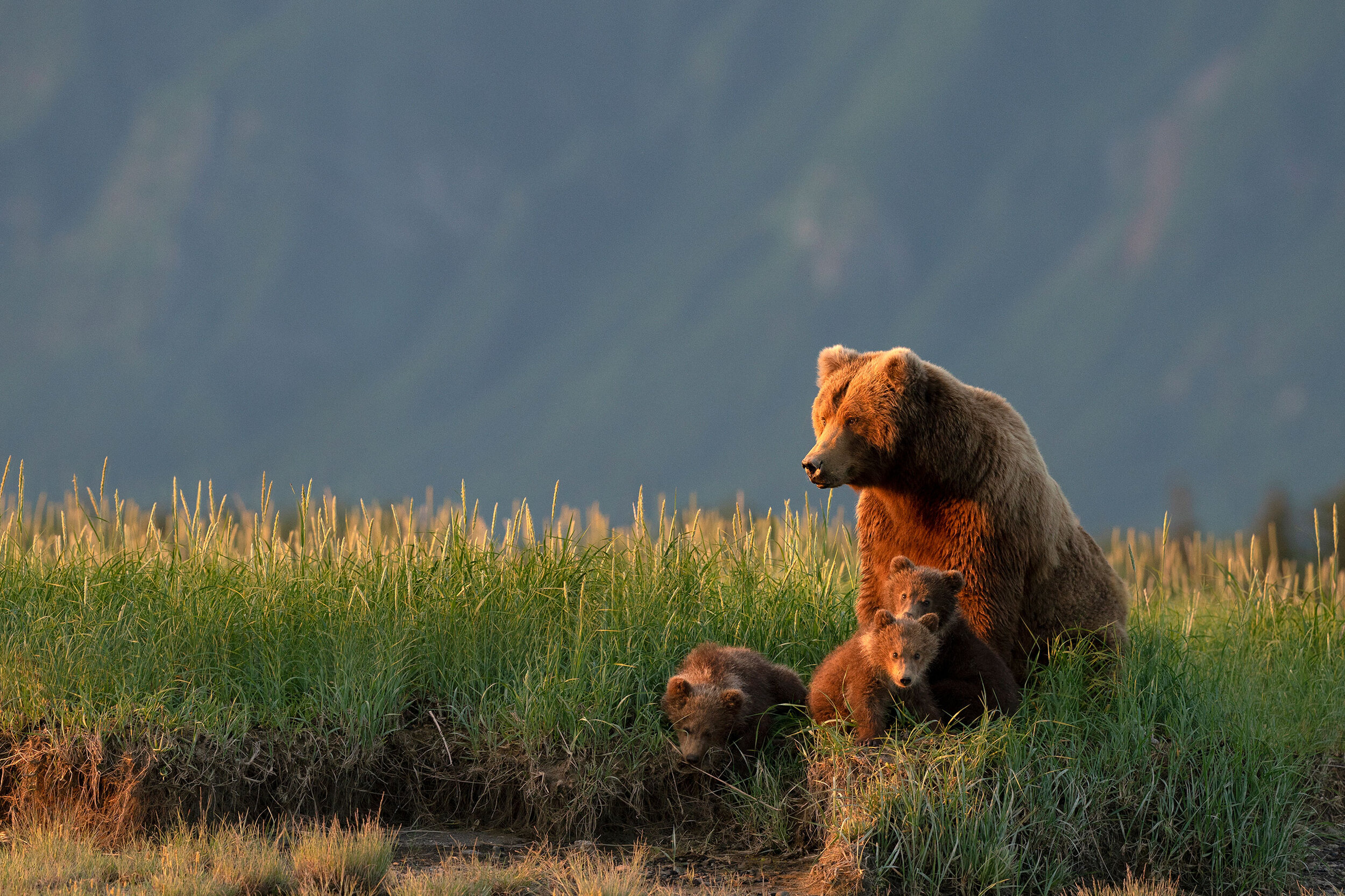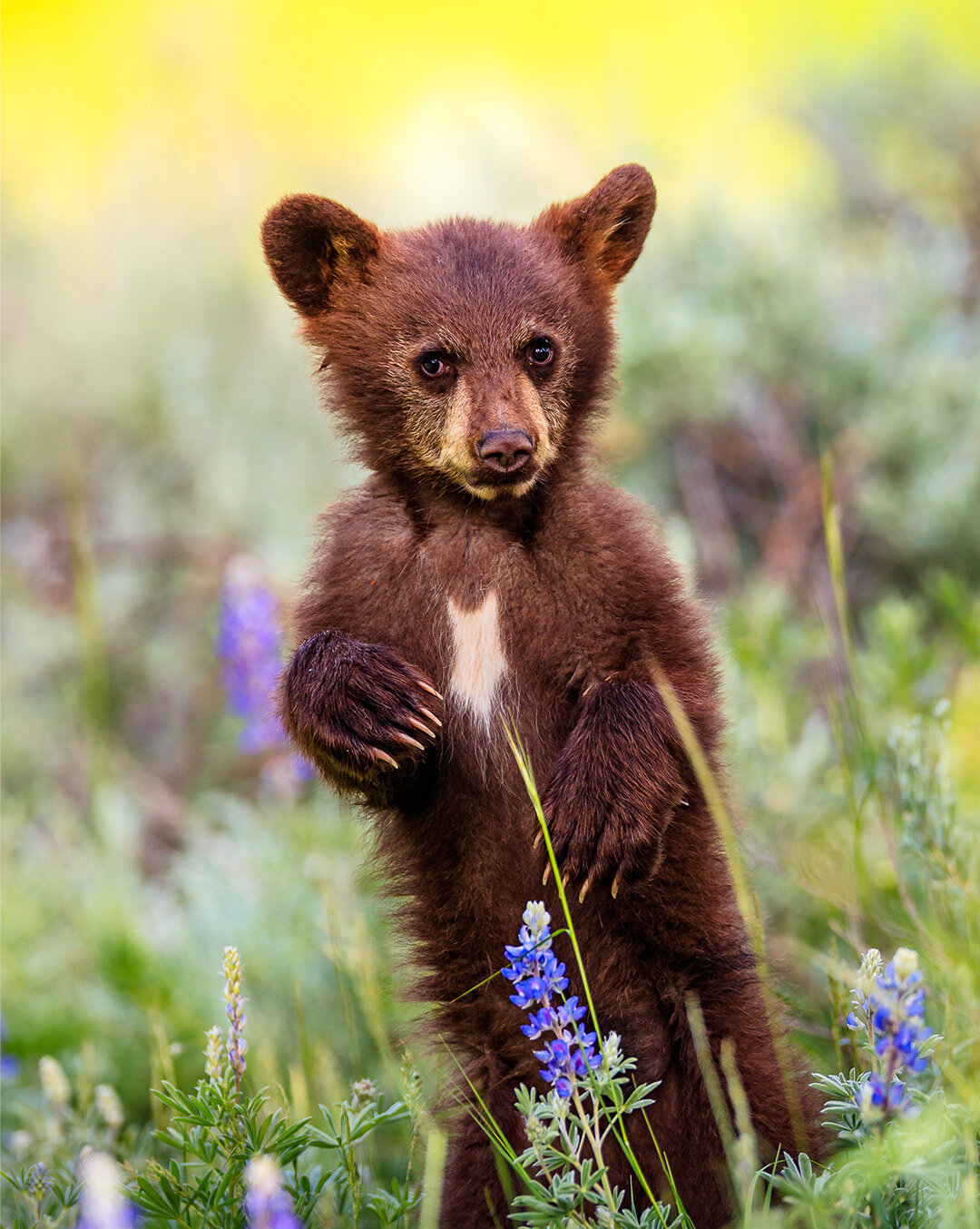
Protecting bears and their habitat
For The Love Of Bears is a nonprofit committed to bears and the critical ecosystems they call home
Cleaned Up For
Bears
Unsecured food sources, such as trash cans, pet food, or livestock feed are encouraging bears to visit backyards, increasing human-bear conflicts and bear euthanizations. Cleaned Up - For the Love of Bears is designed to educate the public and get commitments to make simple changes that will reduce the probability of bears frequenting neighborhoods. Together we can ensure peaceful coexistence with bears and keep neighborhoods safe.
Conserving bears
for future generations
With support from scientists, photographers, conservationists, and those like you who are passionate about bears, we work together to conserve and protect habitat for the future of bears.
Bears need you
This is a giant mission, and bears need your help. Whether you’re considering a gift, volunteering your time and talents, or taking a step to protect bears, we and the bears need you on our team.
Education & Outreach
We provide you the opportunity to glimpse into the lives of bears by sharing stunning images and educational materials which promote the coexistence between humans and bears. Follow us on Facebook, Instagram, and Twitter where we have a constant stream of captivating content.

The Challenges Ahead
Bears need our help! Here are the biggest challenges that bears face today:
Habitat Issues
There are many complex challenges faced when ensuring bears have access to the range they need in order to thrive. Competing land use priorities, and simply less wild places leads to less habitat for bears, and often increased human-bear conflict. Habitat issues include lack of secure territory and corridors, challenges around food sources, and continued development of fragile places.
Human-Bear Interaction
Human-caused death is the number one source of mortality for grizzlies in North America, and a leading cause of death of other bear species. Today, bears only inhabit a fraction of their historic range and are being increasingly displaced by human development. With threats including urbanization of habitat, rapidly rising backcountry recreation participation, resource development, and conflicts with livestock in some areas, there is a lot work to be done to ensure the wellbeing of bears.
Diminishing Food Sources
Whether it be salmon run numbers diminishing in Alaska, whitebark pine trees/nuts dying off rapidly in the lower 48, or the decline in health of sedge meadows and razor clam beds, there are many factors that play a role in the sustainability of food sources for bears. Scarcity of food sources continues to be one of the most significant threats to bears today.
Have you considered visiting wild bears?
We can help you experience bears on their terms and come away with stories that will last a lifetime.








